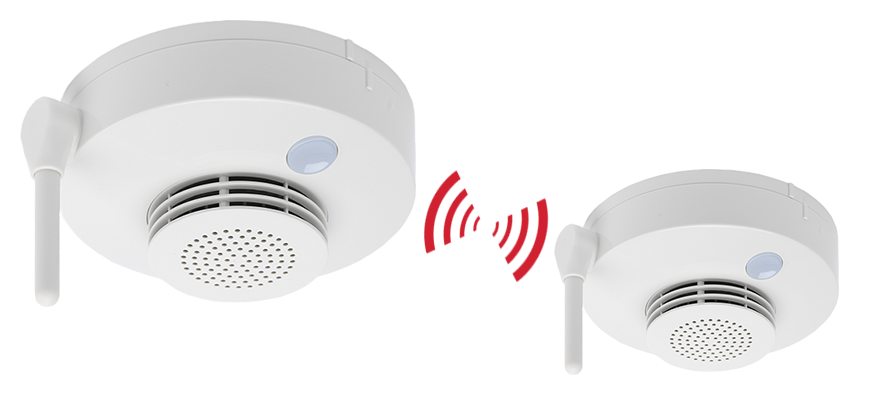Brooks is a family owned and operated Australian company who commenced operations in 1973. We have a wealth of knowledge and experience in the industry and are committed to providing quality, reliable products to safeguard you and your family.
- 18 Aug 2022
With wireless technology now commonplace in our lives, both at home and work we use wireless devices without a second thought. There is clearly a place for both types of technology, 'wired' and 'wireless', when designing and specifying a fire detection system. Wired devices should be used where cables are easy and cost effective to install, and wireless devices should be used where the installation of cables would be expensive, time consuming, impractical or just impossible.
Wireless fire alarm systems offer a number of advantages to the modern business such as:
- They are as reliable as a wired system.
- Can be easily installed in buildings where there is limited access (e.g. due to high ceilings, confined spaces) and with minimal disruption.
- Where a building layout needs to be modified such as a renovation or extension.
- Reduces labour costs, “make good” lease costs, and decorating costs.
- Can be used as a temporary system in locations where a wired system isn’t viable (e.g. building sites).
- Can be used to extend an existing wired system.
The Brooks wireless detector system consists of an addressable base station for wireless units (4620AU) and wireless photoelectric smoke detectors (4611AU).
The 4611AU Wireless Photoelectric Smoke Detector with inbuilt sounder is ideal for those applications where it is difficult to run or hide cables normally associated with standard point type detectors. The 4611AU has a low-profile housing utilising the latest IC technology to secure the highest reliability possible and perform just like its wired counterparts, while providing installation flexibility in a wireless format.
The 4620AU Addressable Base Station interfaces wireless devices to the nearest COM loop. Each base station can communicate with up to 16 wireless detectors and up to four base stations can be connected to each COM loop in an EBL system.
Should the need arise to check the environment for background noise and confirm the quality of the signal strength between the base station and the wireless detectors, a wireless sniffer (4361AU) is available that in conjunction with a simple PC program can carry out this operation. This is a very helpful tool during the planning, installation and commissioning of the wireless system.
We've got your safety covered


















